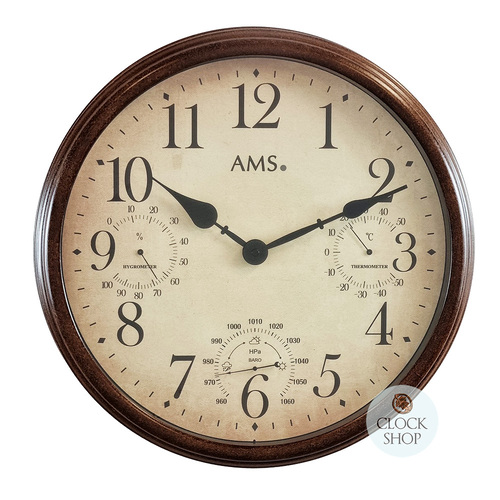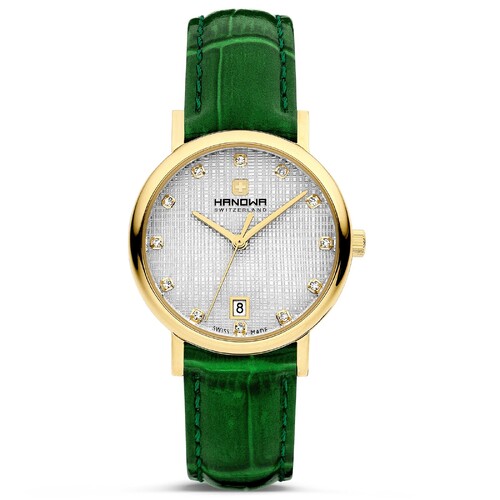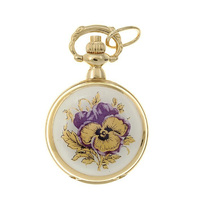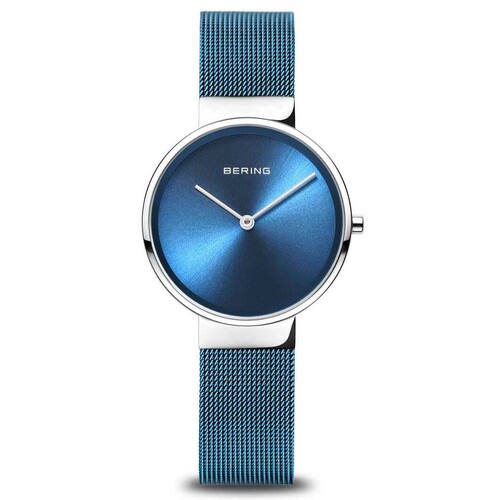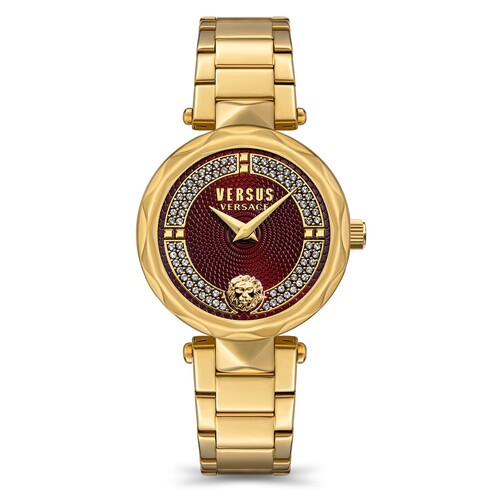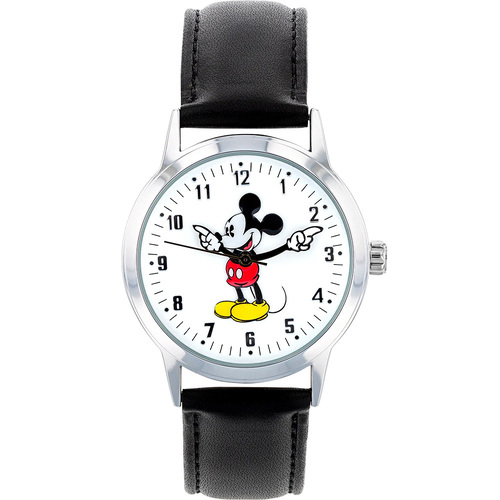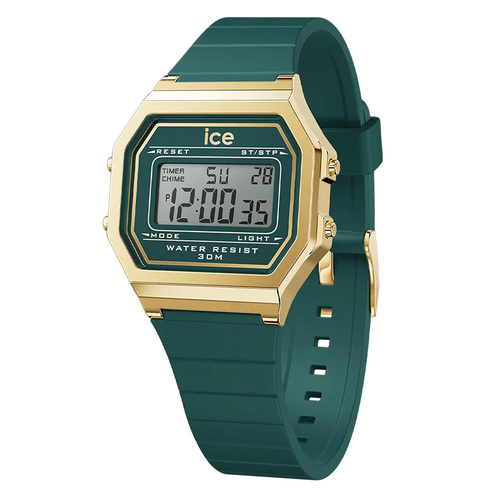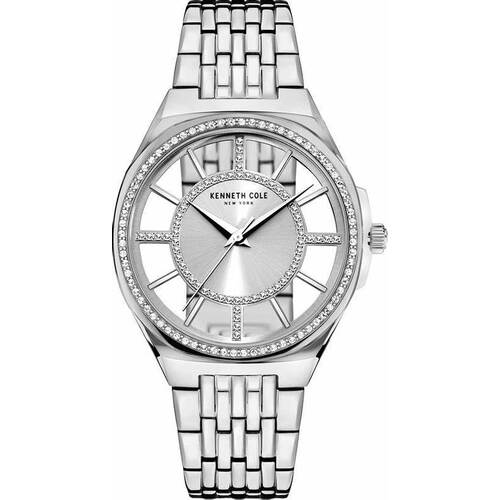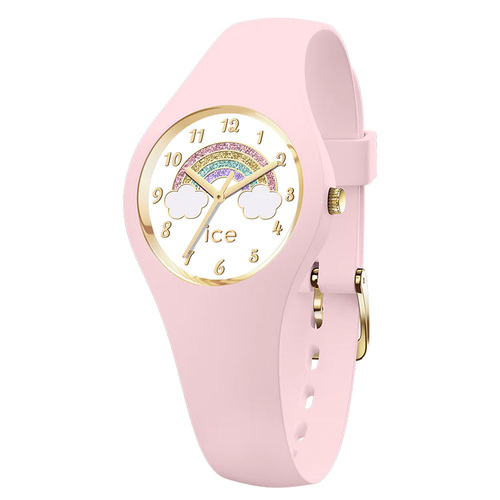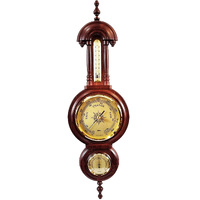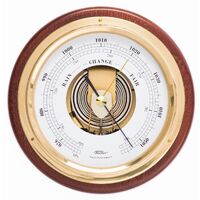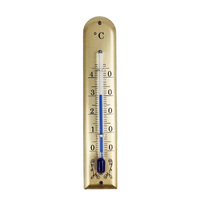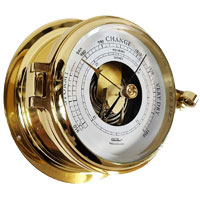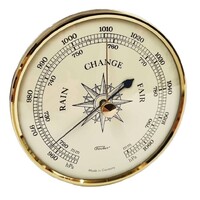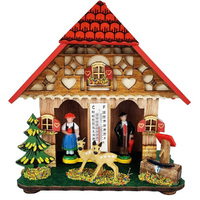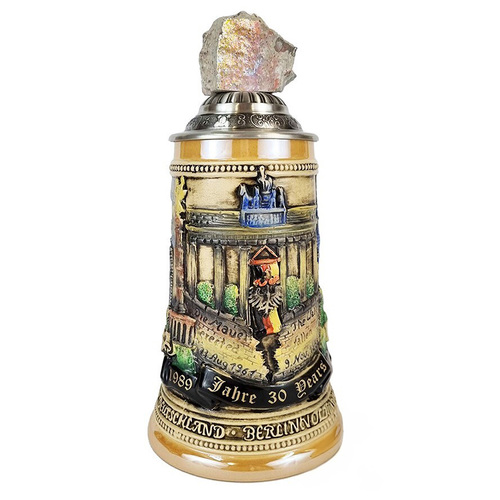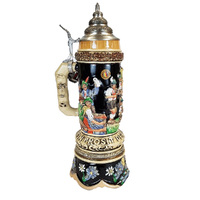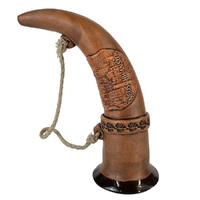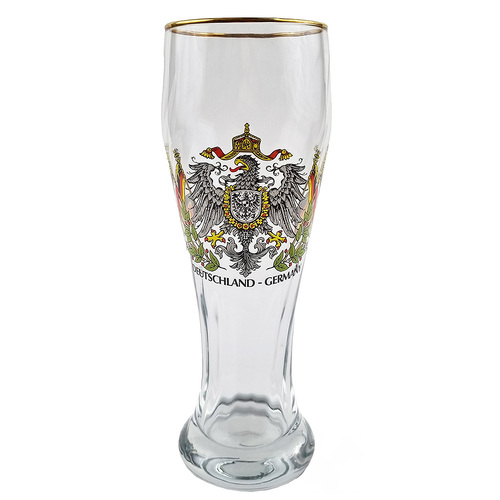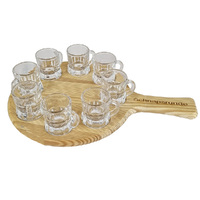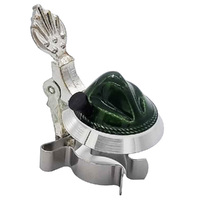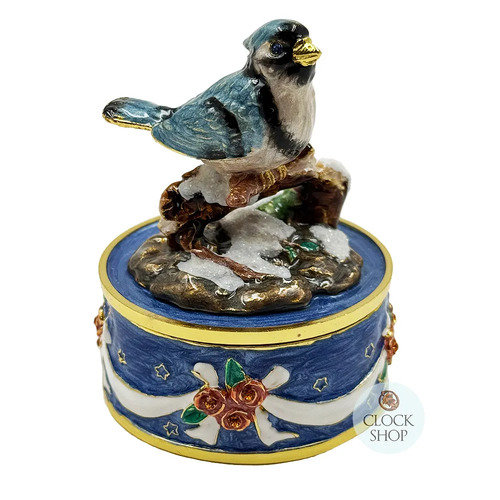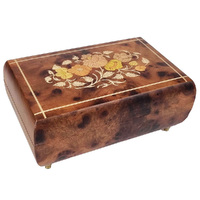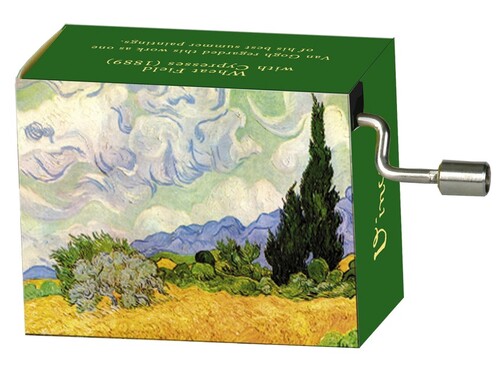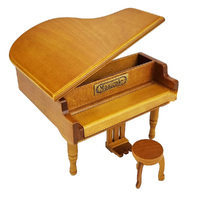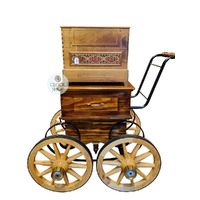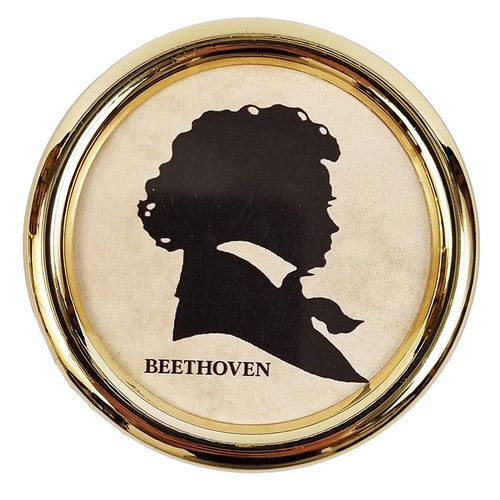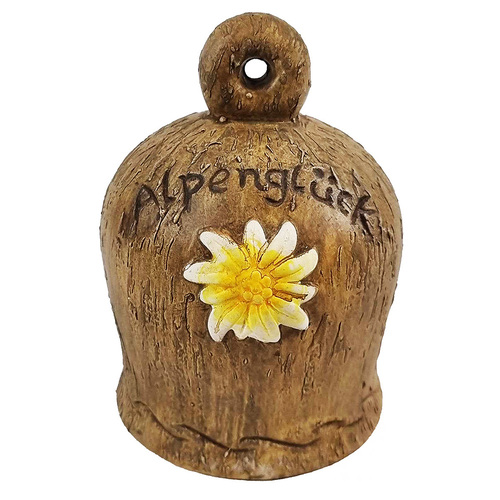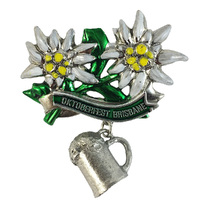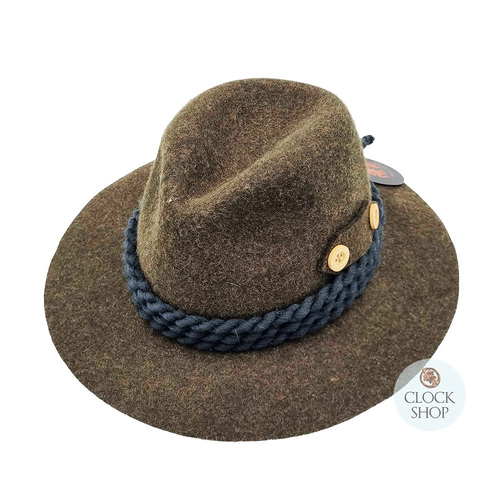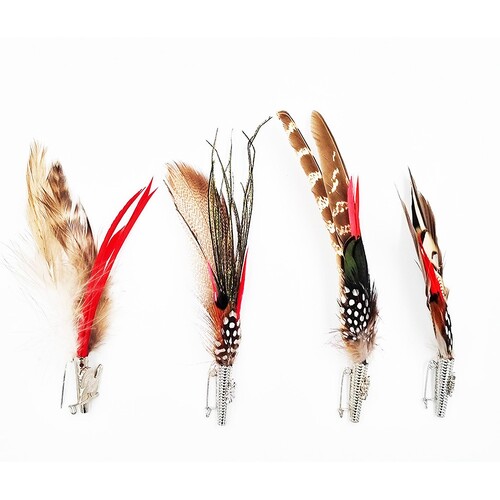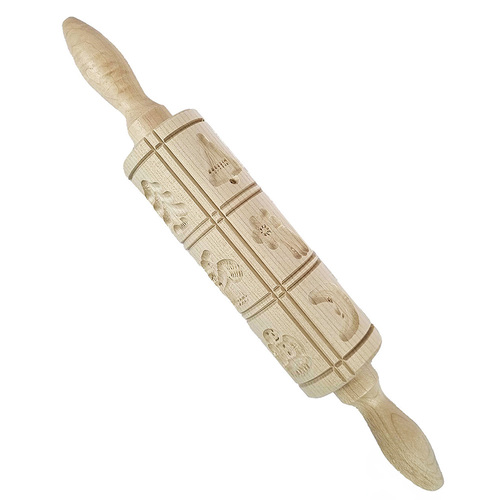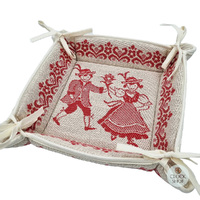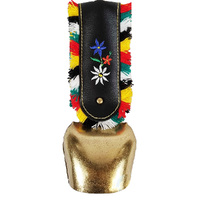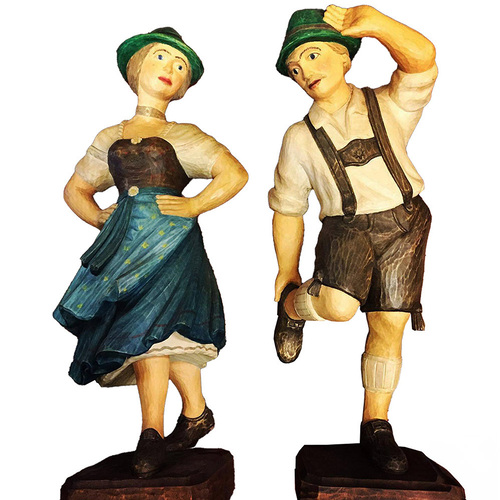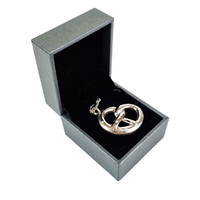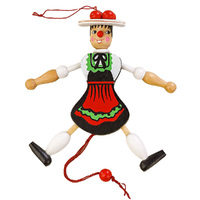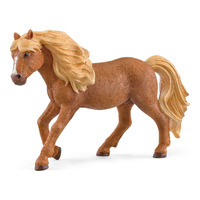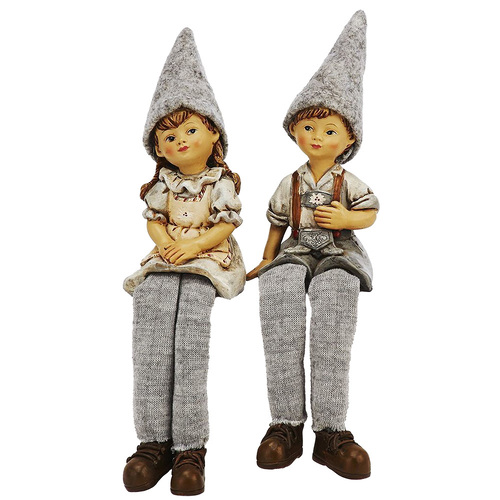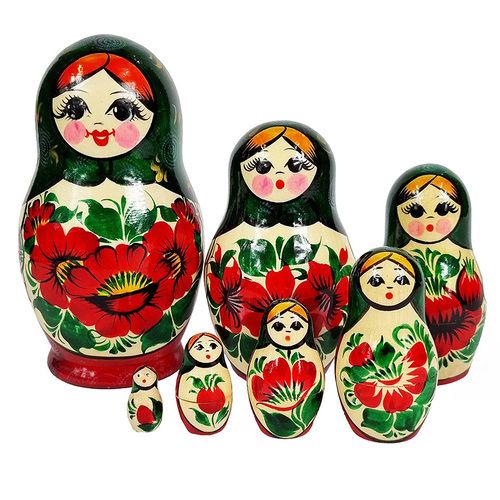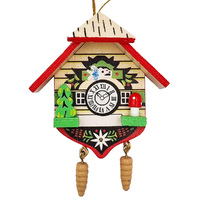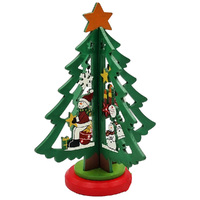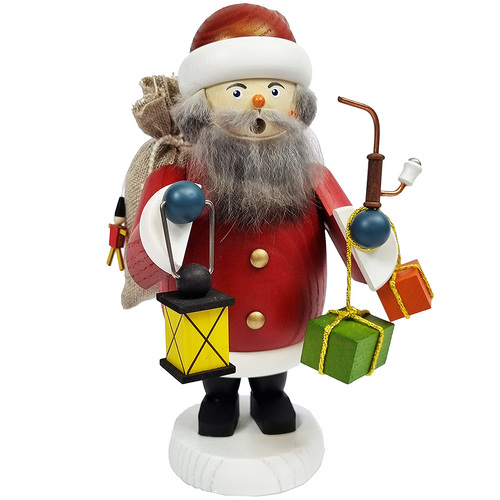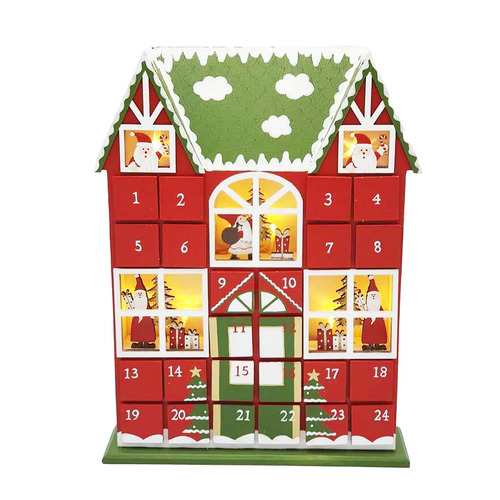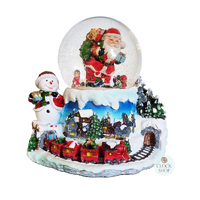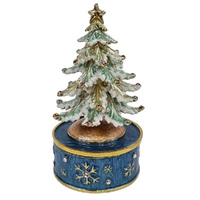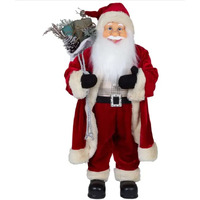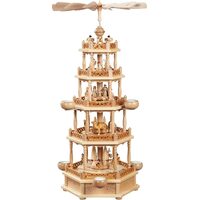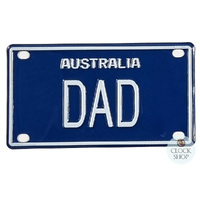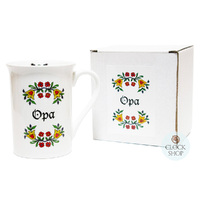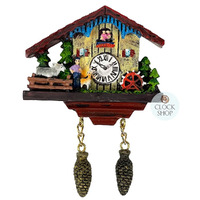The Complete Guide to Weather Instruments
Author: Clock Shop Date Posted:7 June 2022

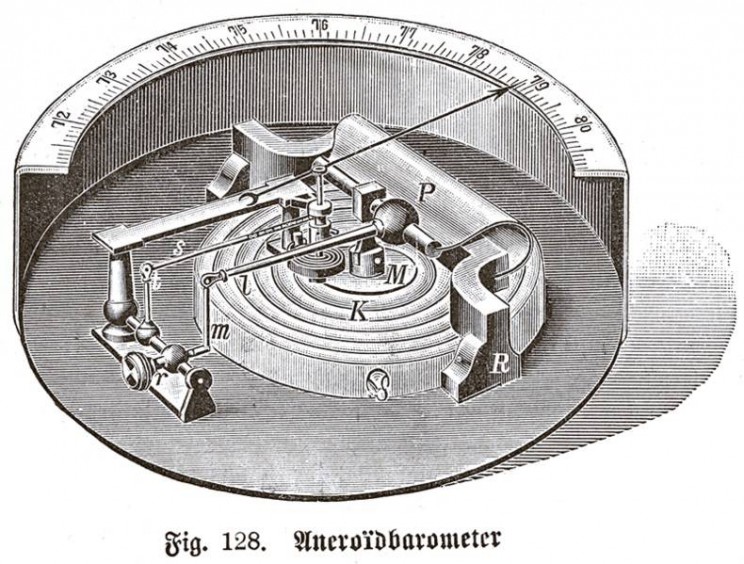
For as long as humankind has existed, we have all shared an innate curiosity about the world around us; from the celestial movements in the night sky, to the weather patterns and cycles of the natural world. Earlier societies were heavily dependent on the weather for their survival, and this led to the development of many of the early prototype weather instruments, many of which are still used in some form today.
In 600 BC, the term Meteorology was first used in Greece, with the word ‘Meteros’ translating to ‘High in the Sky’, however the earliest hints of meteorology were first detected much earlier in India in 3000 BC, from ancient writings that discussed cloud formations and the weather. In 600 BC the Babylonians relied on cloud observations to predict the weather, whilst the first public weather forecasts were issued in Greece around the same time to assist people to plan their seasonal farming and cropping. The earliest forms of rain gauges have been found in both Greece and India between 500-300 BC, whilst around the year 340 BC, Aristotle wrote ‘Meteorologica’- the oldest comprehensive treatise on meteorology. As most weather instruments and tools were not invented until many centuries later, Aristotle was quite limited in his study, though he is still considered one of the forefathers of meteorology. The earliest prototype version of the hygrometer was developed during the Western Han dynasty in China 206 BC, however the first Western hygrometer was not invented until many years later in 1480 by Leonardo Da Vinci. It was around this time period during the Middle Ages that the first functional weather instruments began appearing, including the rudimentary water thermoscope by Galileo, as well as the thermometer and temperature scales which were developed by a number of inventors including Isaac Newton. Finally, in 1643 Evangelista Torricelli invented the earliest version of the barometer.
Considering this rich history, there is no doubt that the study of weather has existed for thousands of years, however we can easily assume that weather forecasting has been around for much longer than written records.
So what exactly is a weather instrument?
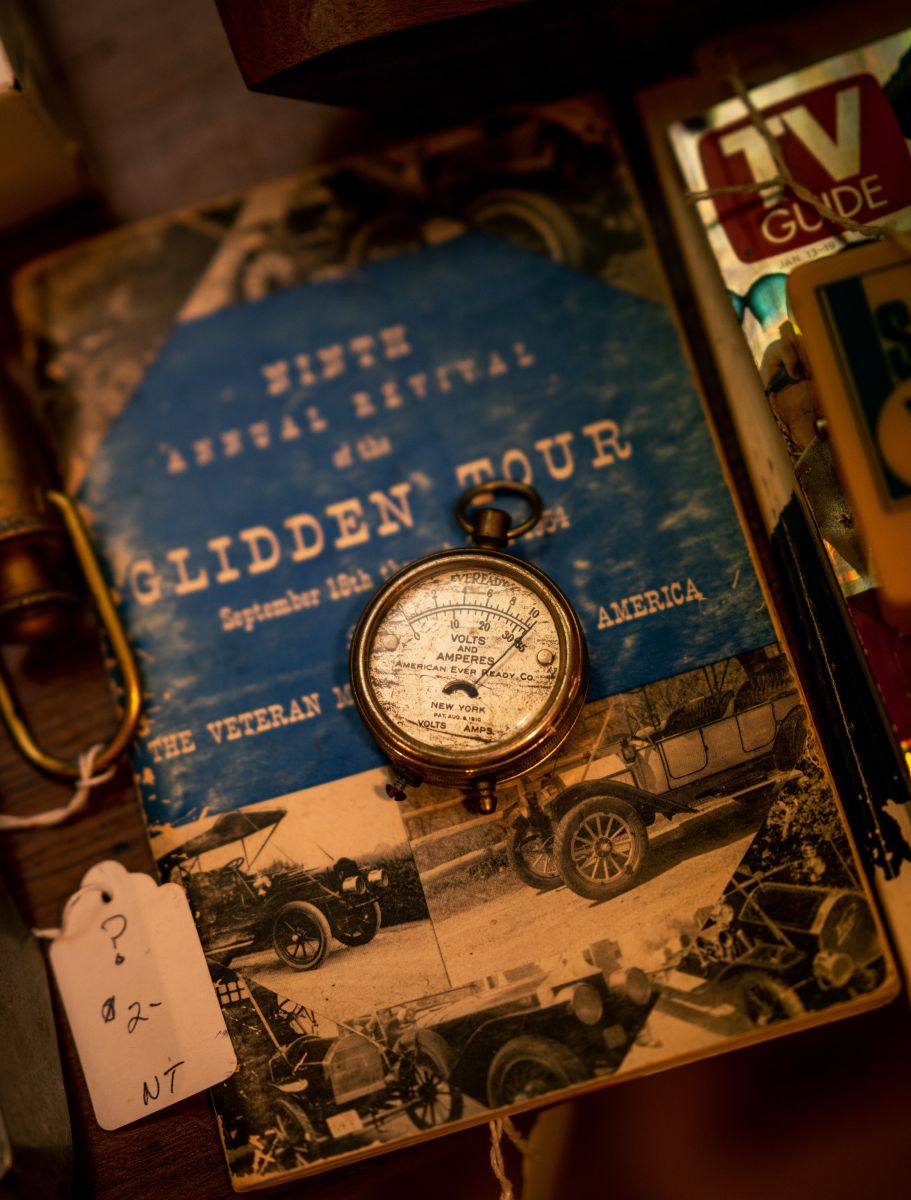
A weather instrument is a device that measures a number of weather related conditions over time, used by scientists and meteorologists to understand the Earth's weather and climate patterns. There are a wide variety of instruments designed to measure a variety of different weather conditions and patterns, from barometers to thermometers; hygrometers to weather stations; tide clocks, rain gauges and everything in between. In order to get a full picture of the weather, a number of instruments need to be used. By integrating multiple instruments in a combined weather station, a more thorough view of the outdoor conditions can be determined in order to generate reliable weather forecasts.
Today, there are a large number of weather instruments and weather stations available for both professional use as well as personal home use. Just as our ancestors' lives were heavily dependent on the weather for their survival, today there is a growing interest in understanding the weather and how it directly affects our own lifestyles. We can learn so much from observing the weather and its relative atmospheric conditions, and weather instruments provide a perfect solution to monitoring these conditions.
Let’s take a look through some of the weather instruments that we are familiar with today.
The Barometer

In today's modern society, we take the ability to predict the weather for granted. Just over 100 years ago it was a real challenge to predict the upcoming weather. Back then, the best method to monitor the weather was to personally monitor the changes in the air pressure, however the invention of modern day barometers helps make this task much easier. Today, barometers offer a functional addition to the home to help the job of weather forecasting. The name barometer comes from the Greek words ‘Baros’ (meaning weight), and ‘Metron’ (meaning measure), ultimately meaning to measure changes in the air weight, or air pressure. Originally invented in 1643 by Italian mathematician Evangelista Torricelli, the first version of the barometer was over 10 meters in height! The original version of the barometer was a tube that was filled with mercury to determine atmospheric pressure at sea level. The heavier the air, the higher the amount of pressure exerted on the mercury.
Many other varieties of barometers were later invented, including the water barometer, MEM’s barometer (found in the smartphones of today) which is a sensor that detects atmospheric pressure based on how its diaphragm is affected; as well as the well known aneroid barometers, which are the main type of barometer available. The aneroid barometer was invented in 1844 by French scientist Lucien Vidi, which measures air pressure without the use of liquid, instead using a small, flexible metal box called an aneroid cell, made from an alloy of copper and beryllium. Small changes in external air pressure causes the cell to expand or contract; with this expansion and contraction driving mechanical levers. Many barometer models include a needle that needs to be set manually, which is used to mark the current measurement, in order to detect a new measurement. When the air pressure is high, a barometer predicts fine weather, whilst low air pressure indicates poor or rainy weather. A more recent invention is the digital barometer, which uses electrical transponders rather than liquids to detect atmospheric pressure. These are one of the most common barometers used in modern weather stations today.
The Hygrometer
.jpg)
A hygrometer is a device that measures the surrounding humidity in a % value. It works with either a synthetic fibre or a real hair as the measuring element, which either expands or contracts as it absorbs moisture. As it absorbs moisture, the hair moves the needle via a fine mechanism, which can be used to determine the humidity. Thanks to a special treatment of the hair, the hygrometer reacts to any change in humidity with almost no inertia. As mentioned earlier, the earliest prototype version of the hygrometer was developed during the Western Han dynasty in China 206 BC, whilst the first Western hygrometer was invented in 1480 by Leonardo Da Vinci. In 1783, hair was first used to measure humidity, by studying the water absorbing properties of the hair. By calibrating the total hair length at both total dehydration (0% humidity), and total saturation (100% humidity), the relative humidity could be calculated. A hygrometer is an important addition to any chosen space, especially the home as it helps to keep the moisture in check. When humidity is too low, furniture can crack and deform, and when there is too much humidity this can lead to mould issues or timber can swell.
The Thermometer
.jpg)
A basic yet fundamental instrument used to measure the ambient room temperature is the thermometer. The basic concept of the thermometer was considered by the ancient Greeks, however the thermometer we are familiar with today as a device to measure the temperature did not come about until the Renaissance period. It is widely mentioned that Galileo invented the thermometer, however this is not entirely accurate. Galileo invented the predecessor to the thermometer, otherwise known as the thermoscope which is essentially a thermometer without a scale. A thermoscope more closely resembles a modern day Galileo thermometer today, which indicates differences in temperature, and resembles a thermometer without a scale. From the early thermoscope invention, standardisation of the thermometer began in 1612, when Santorio Santorio (yes, that was his name) applied a scale to an air thermoscope, ultimately creating the very first prototype of the thermometer as a measuring device. The first reliable thermometer was invented by Daniel Fahrenheit in 1714, which was composed of glass and mercury, and was much more accurate than its predecessors. This thermometer design was filled with gas or alcohol with a pressure that is less than the atmospheric pressure. As the temperature fluctuates, the mercury expands and moves up or down in the glass tube, and is displayed next to a numerical scale to read the temperature.
Today, thermometers measure the temperature in either Fahrenheit or Degrees Celsius, and are designed to suit a range of temperature values. The design of a thermometer is simple and includes a temperature sensor, which can be either a bulb of mercury or a digital sensor (depending on whether the thermometer is analog or digital); and a numerical scale to convey the changes in temperature, in either degrees Celsius or Fahrenheit (or both).
The invention of the thermometer has opened up a whole world of possibility with a wide variety of thermometers available for use in the modern day. These include mercury thermometers, digital thermometers, ear thermometers, infrared thermometers, to name a few types.
Weather Stations
.jpg)
By integrating a number of individual instruments into the one weather station, a full picture of the current weather conditions can help generate reliable weather forecasts. Weather stations are available in an extensive array of designs, from the traditional banjo style to nautical themed, to more modern designs from stainless steel designs through to rotatable cubes designed for both home and professional use. Weather stations offer a variety of instrument sets to best suit your needs, often with customisable slots for the instruments of your choice. The most common instruments used in weather stations include barometers, thermometers and hygrometers. It is also becoming more common for the amateur meteorologist to custom build a DIY weather station using individual weather instruments or inserts.
What is the Importance of A Multi-Instrument Weather Station?
The main reason for owning a weather station is to measure the amount of relative humidity (RH) in the air, which requires a measurement of both water vapor and temperature, from a hygrometer and a thermometer respectively.
What is relative humidity?
Simply put, the relative humidity refers to the amount of moisture (water vapor) the air can hold at a given temperature, which is determined as a percentage value. Warmer air can hold more moisture than cooler air, resulting in a lower relative humidity than if it were cool air, even if the same amount of water vapor is present. Relative humidity is very sensitive to temperature changes, as well as the pressure of the system. As temperature and pressure increases, the relative humidity also increases as the air becomes wetter. As temperature and pressure decreases, the air becomes drier and the relative humidity decreases. When the relative humidity is 100%, this means that the air is holding as much moisture as it can at a given temperature, (in the form of water vapor), which is referred to as the dew point.
What is the difference between humidity and relative humidity?
Whilst humidity refers to the total amount of moisture in the air, relative humidity refers to the percentage of water vapor in the air at a given temperature. Humidity determines the likelihood of rain, fog or mist, whilst relative humidity determines climate control which directly affects human health, safety and comfort.
What is the importance of measuring relative humidity?
It is important to measure relative humidity in order to control the moisture around a particular area, around a type of product, or in specific settings to ensure the relative humidity never rises too high to damage or spoil a product. Relative humidity is often used to ensure safety for machines, vehicles and in the construction of materials. By controlling the relative humidity this also helps to maintain a comfortable environment in the home, and to reduce the likelihood of mold forming which can be harmful to human health.
Weather Houses
.jpg)
The very first invention of a weather house happened in Germany in the year 1726 by Jacob Leupold, a time when the very first cuckoo clocks were also being made in the Black Forest region. A German Weather house functions as a hygrometer, measuring the amount of humidity in the surrounding air, with the addition of folk art in the design of a chalet house, similar in design to the common chalet cuckoo clocks. German weather houses are often styled and decorated like typical alpine chalets found in the southern regions of Germany, Switzerland and Austria. Normally, weather houses have two openings side by side. The right hand side features a boy or man, whilst on the left hand side is a girl or woman. When the weather is sunny and dry (low humidity) the female figure comes out of the house, whilst the male hides. When the weather is close to or has started raining and the humidity in the air is higher, the male figure comes out of his door instead, displaying the weather for the day. The figurines are placed on a balance bar, and the movement is guided by a long strand or fibre, which is very sensitive to humidity. In order to function properly, the weather house must be placed somewhere exposed to air such as near a window, and away from air conditioning.
Shop A Range Of Weather Instruments at Clock Shop
Are you looking for a unique weather station to compliment your home decor? Or perhaps you are searching for a gift for that special someone in your life who loves meteorology? No matter whether you are after a highly precise barometer or something a little bit more whimsical, we can guarantee that perfect weather related piece that you have been searching for.
With a large selection of items on offer including weather stations, authentic German weather houses, barometers, thermometers, hygrometers, Galileo thermometers and novelty weather figurines to choose from, look no further than Clock Shop to find your perfect weather instrument. All of our products have been hand-selected and imported directly from Germany and Europe, where quality craftsmanship, precision and reliability is of the highest concern.
Shop the range here: https://www.clockshop.com.au/weather-instruments/

